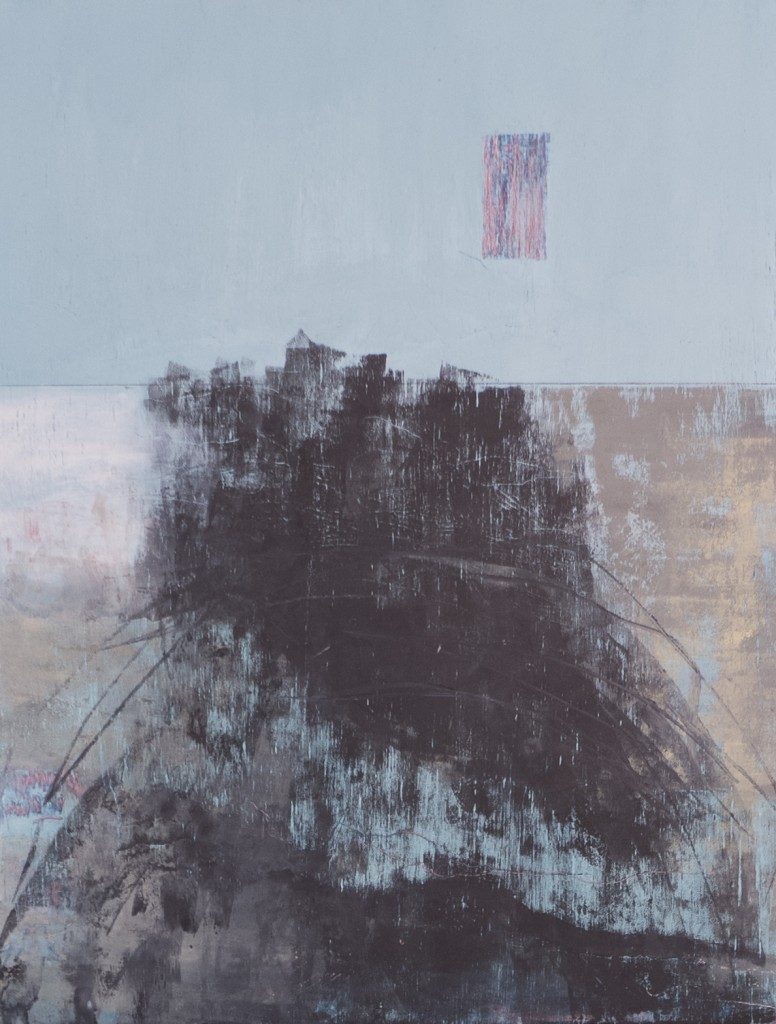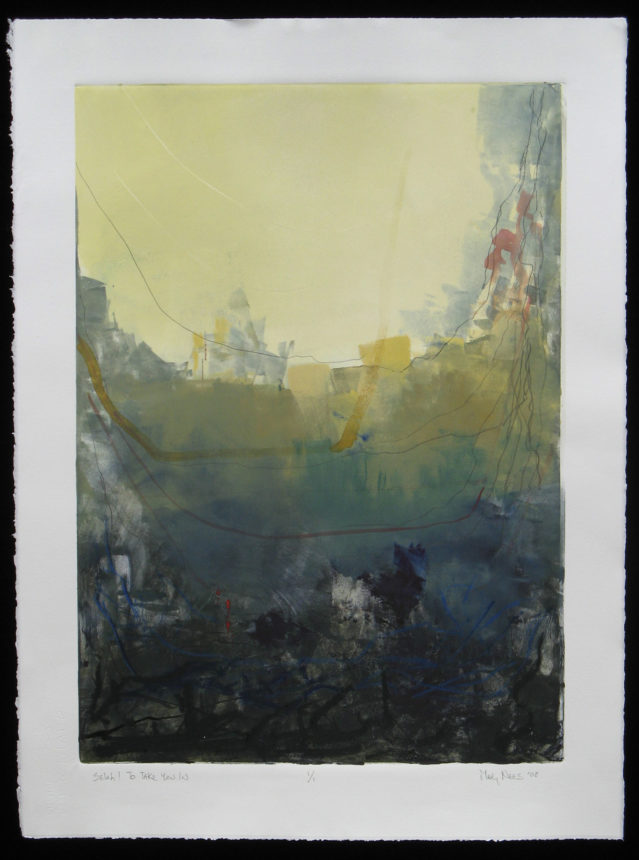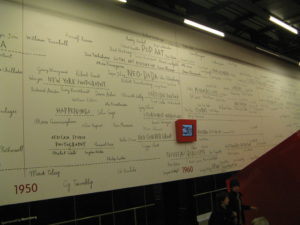An ancient philosopher once stated that “man is born to trouble as the sparks fly upward.” His was an observation based on hard won experience, evaluated carefully, critically. We’re told that ancients were ignorant and primitive, that our evaluations now are much more advanced and sophisticated. Moderns consider such a statement about man’s bent toward trouble as nonsense, for we are making utopia (don’t you know) we can do it, yes we can. Yet such projections are faith statements that have no reliability. To project that our efforts will build what human history has yet to see is an exercise in folly at the very least.
I see sparks. They are brilliant and captivating for a moment, then they are gone.
And (if this brooding thought goes beyond my own campfire) what will then remain?
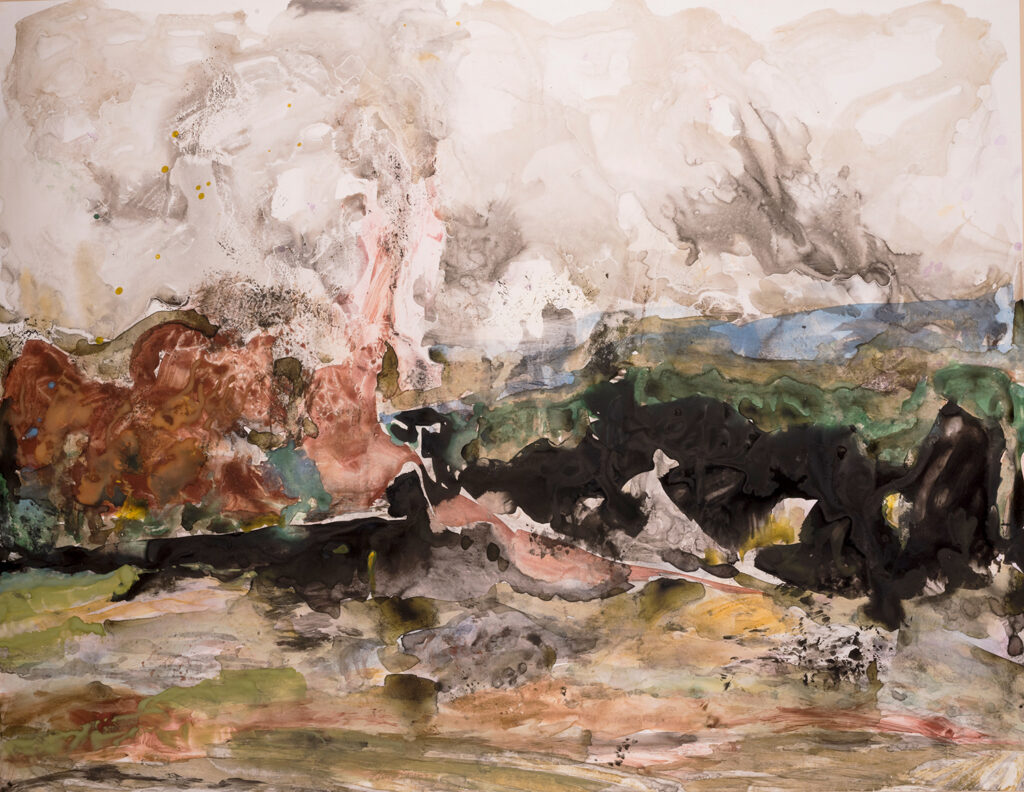
In the 8th century BCE, a well regarded Hebrew prophet recorded a 66 chapter oracle that covers the globe, detailing events centuries ahead of him that he could not have known. For believers this is not difficult. God spoke through this man. Here is just one fragment: “For the mountains may be removed and the hills may shake, but My lovingkindness will not be removed from you, and My covenant of peace will not be shaken, says the Lord who has compassion on you.” The Psalmist echoes this word. “Therefore we will not fear, though the earth should change and the mountains slip into the heart of the sea.”
True faith is not mindless religious duty, but rather a response of trust in something reliable.
God has made many promises. He alone is ultimate reliability. What remains then is Him: His character, His covenant agreement of peace (now in the heart, later, on the ground), and His compassion on me. If these are words only to you, I invite you to explore His reliability.
My watercolor piece above is a response to His breaking promise in Isaiah 54:10.
The British thinker Malcolm Muggeridge added this:
“As Christians we know that here we have no continuing city, that crowns roll in the dust and every earthly kingdom must sometime flounder, whereas we acknowledge a king men did not crown and cannot dethrone, as we are citizens of a city of God they did not build and cannot destroy… precisely when every earthly hope has been explored and found wanting, when every possibility of help from earthly sources has been sought and is not forthcoming, when every recourse this world offers, moral as well as material, has been explored to no effect, when in the shivering cold the last faggot has been thrown on the fire and in the gathering darkness every glimmer of light has finally flickered out, it’s then that Christ’s hand reaches out sure and firm. Then Christ’s words bring their inexpressible comfort, then his light shines brightest, abolishing the darkness forever.”
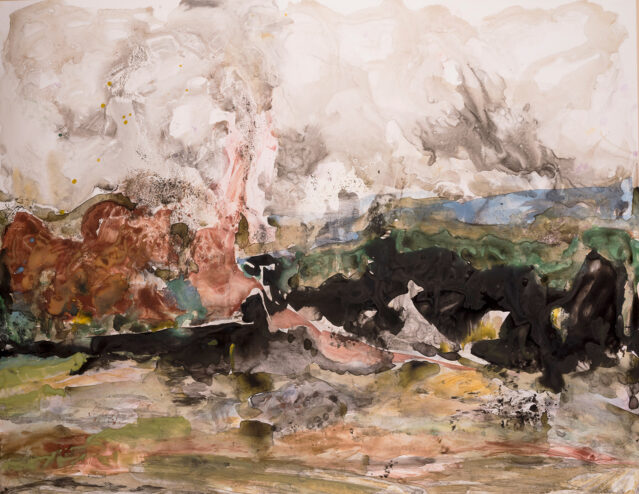
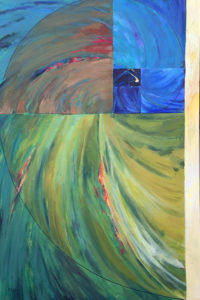 What I am posting today image-wise is a little embarrassing. I did this in 2002. It is a rather large piece: 3’x2′, laid down originally with acrylic. I was ambitiously hoping to put into imagery what I see happening in this collection of Psalms, but critiquing my own attempt, this is brash looking, really uninteresting visually, too direct. For these reasons and others this piece sat hidden behind much else for the last 13 years.
What I am posting today image-wise is a little embarrassing. I did this in 2002. It is a rather large piece: 3’x2′, laid down originally with acrylic. I was ambitiously hoping to put into imagery what I see happening in this collection of Psalms, but critiquing my own attempt, this is brash looking, really uninteresting visually, too direct. For these reasons and others this piece sat hidden behind much else for the last 13 years.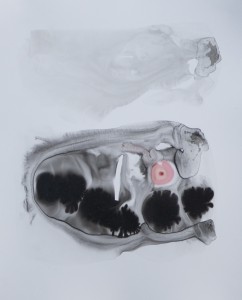 This image, which is the last in a 4 part series (still hanging at the Reece Museum on ETSU’s campus) is a visual glimpse. There are two parts to it’s form: a wispy cloud-like from in the upper horizon, and a more grounded darker mass. Both these forms show movement in one direction, and they are moving together that way. The bottom form is enclosed, and seems to be a holding place that is dynamic and not completely shut. This is a picture of fearful grace. Fear must come first for grace to even be a topic of concern. Both these ideas are glimpsed here. I could say more. I would be interested in how this image affects viewers who may well see more, or who may see what I did not intend as this gets viewed and judged and passed over as part of the public record. For me, as I made this, and as I still muse on what dried in front of me with the inks settling: this is a glimpse of hope that still hangs in time.
This image, which is the last in a 4 part series (still hanging at the Reece Museum on ETSU’s campus) is a visual glimpse. There are two parts to it’s form: a wispy cloud-like from in the upper horizon, and a more grounded darker mass. Both these forms show movement in one direction, and they are moving together that way. The bottom form is enclosed, and seems to be a holding place that is dynamic and not completely shut. This is a picture of fearful grace. Fear must come first for grace to even be a topic of concern. Both these ideas are glimpsed here. I could say more. I would be interested in how this image affects viewers who may well see more, or who may see what I did not intend as this gets viewed and judged and passed over as part of the public record. For me, as I made this, and as I still muse on what dried in front of me with the inks settling: this is a glimpse of hope that still hangs in time.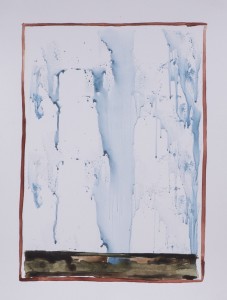 The first image, that of evil, called Abaddon, is dominant and encroaching, seemingly boundless and fearful. The second image is much quieter, gentle but life-giving, boundaried but free. It penetrates the ground rather than taking it over. And it is rimmed by this mysteriously fragile red enclosure. When I made this second image it was after studying some illuminated manuscripts from a book a friend had given me. The first image, as I wrote earlier, took over when I made it, surprised me, troubled me. But it seemed necessary to consider. This second image was planned more carefully, but its making also involved some serendipity. I used a brayer to lay down the veils of blue watercolor, loving the delicate surprise in the markings that resulted, and that were still “in character” with the quiet beauty of good.
The first image, that of evil, called Abaddon, is dominant and encroaching, seemingly boundless and fearful. The second image is much quieter, gentle but life-giving, boundaried but free. It penetrates the ground rather than taking it over. And it is rimmed by this mysteriously fragile red enclosure. When I made this second image it was after studying some illuminated manuscripts from a book a friend had given me. The first image, as I wrote earlier, took over when I made it, surprised me, troubled me. But it seemed necessary to consider. This second image was planned more carefully, but its making also involved some serendipity. I used a brayer to lay down the veils of blue watercolor, loving the delicate surprise in the markings that resulted, and that were still “in character” with the quiet beauty of good.